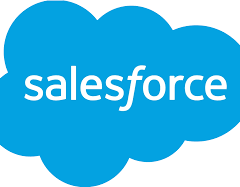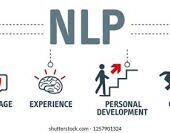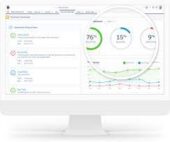Maximizing Salesforce Forecasting: A Comprehensive Guide
Over the years, user skepticism has surrounded Salesforce Forecasting, with some dismissing it as too basic or unnecessary within the Salesforce ecosystem. Addressing these concerns poses fundamental questions: Do you aspire to predict revenue? Are you committed to accelerating deal closures for your sales team? Do you actively utilize Salesforce to track opportunities?
For those answering affirmatively and managing deals through opportunities, Salesforce Forecasting holds significant value. Let’s delve into the insight details.
Building and Enabling:
Embarking on your forecasting journey starts with a well-defined sales process, encompassing approved forecast categories, success guidelines, and probabilities. Assuming this foundation is in place, the next step is crafting dashboards and reports that empower your team to manage processes effectively and forecast revenue accurately.
Review the current reports tracking opportunities in forecasts and model them in Salesforce. Subsequently, devise a plan to enable your teams by providing them access to dashboards and reports. This facilitates a streamlined pipeline and ensures managers have access to quality data.
Salesforce Forecasting
Consider the following forecasting learning objectives:
- Articulate expectations for opportunity management.
- Review Salesforce flow guiding stages and close date expectations.
- Discuss expectations for each sales stage.
- Access a pipeline health dashboard and comprehend its use.
- Utilize a close date dashboard to identify deals deviating from guidance.
- Provide feedback.
Utilizing and Monitoring:
The final stage involves consistent use of these resources by managers, ensuring readiness for 1-2-1s, forecasting meetings, and team performance discussions. Regular check-ins help identify areas requiring additional support and ensure ongoing alignment with business needs.
Grouping reports under a suggested dashboard enhances configuration and Salesforce forecasting:
Create Dashboard: Pipeline Health
Report: Days in Stage:
- Reveals how long a deal has been in a stage, offering insights into accurate forecasting. Identifies deals stuck for an extended period, prompting adjustments to forecast categories or additional team resources.
Tip: Utilize Dynamic Dashboards to track team members’ progress through the sales process.
Report: Average Age of Deal by Sales Team Member:
- Analyzes the time deals spend in the pipeline, fostering a balanced distribution across the team. Assesses the freshness or stagnancy of deals for each team member.
Tip: Leverage Salesforce’s Revenue Intelligence with features like Pipeline Inspection for additional functionality.
Create Dashboard: Sales Team Accountability
Report: Closing in Next 14 Days With No Booked Meeting:
- Ensures deals about to close have logged meetings, enhancing transparency and accountability.
Report: No Activity in the Last 14 Days:
- Identifies deals needing attention based on no recent activity, encouraging proactive engagement.
Report: Missing Opportunity Data:
- Flags opportunities lacking essential data, such as an executive sponsor, influencing deal progression.
Report: AE Next Step Field Left Blank:
- Ensures each opportunity has a documented next step, enhancing clarity on deal progression.
Report: No Follow-Up Booked in Salesforce:
- Highlights deals lacking future meetings, prompting proactive scheduling for ongoing engagement.
Report: Number of Times the Close Dates Been Changed:
- Provides insights into opportunity health, especially the management of close dates.
Create Dashboard: Close Date Enforcement
Report: Future Close Dates:
- Enforces specific guidelines for close dates, enhancing predictability and adherence to timing expectations.
Report: Close Date in the Past:
- Identifies opportunities with close dates in the past, enabling timely updates and accountability.
While Salesforce Forecasting Dashboards and Reports are powerful tools, the key lies in encouraging active usage by the sales team. Collaborate with organizational leaders and revenue operations teams to convert data into actionable insights. Regularly engage with team meetings, address questions, and work individually with team members for valuable feedback. Always remain vigilant for potential “red flags” related to AI in testing.













